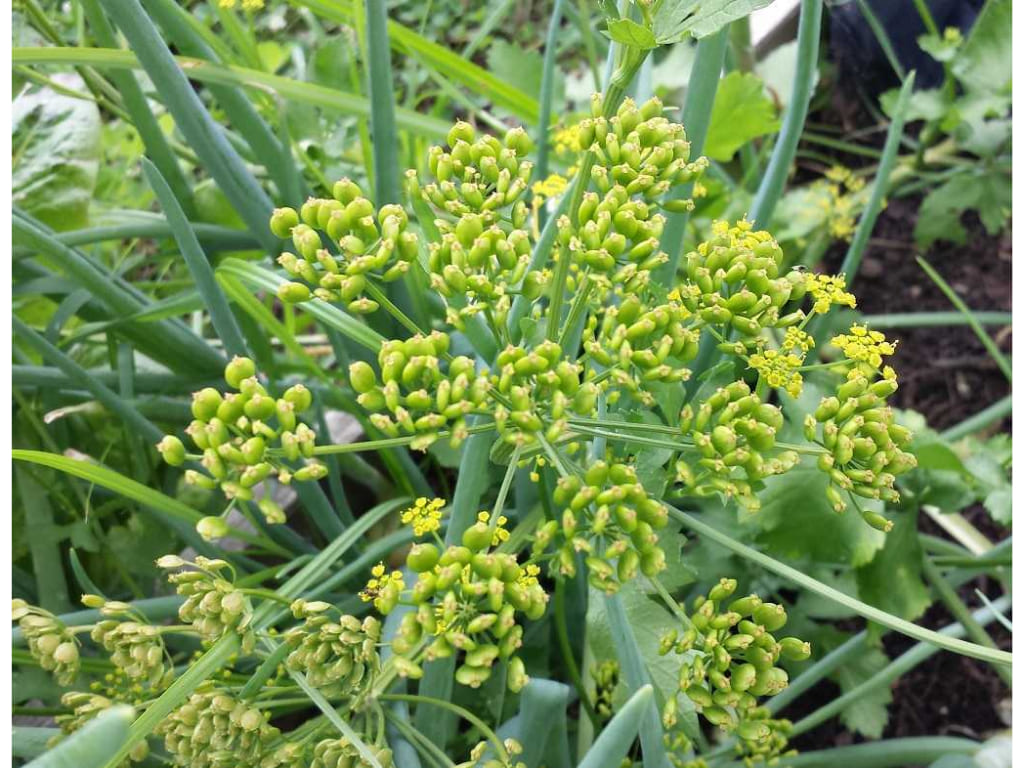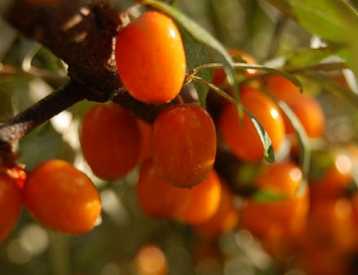Armed, But Not That Dangerous
Look along the highways, fencerows, and along the forest edge around late June and early July and you are bound to see 4 to 5 foot stalks shooting up with yellow umbrella like flowers on them. Very few people know that this is Parsnip, the same Parsnip that we buy in the grocery store.
"Zeal without knowledge is fire without light."
Unfortunately, most of the people that believe they know what this plant is absolutely hate it. Why… because it is supposedly an invader, a noxious weed, and on top of that it’s armed and dangerous, especially against those who use string trimmers and mowers to eradicate it. The reason it is considered dangerous is that this plant contains a sap in its stem and leaves that is photoreactive. Get some on your skin, add a little bit of sun, and in a day or two you’ll probably have a rash much like poison ivy.
"Some people will never learn anything, for this reason, because they understand everything too soon."
But the Parsnip deserves to be remembered again as a wild food. It was brought here because it is an amazingly versatile culinary vegetable, stores well through the winter, and is loaded with vitamins and minerals. And now that it has escaped cultivation, there are almost limitless quantities of it all around us. Free delicious and nutritious food with no tilling, planting, cultivating, or weeding.
"I think we are living in a world of lies: lies that don't even know they are lies, because they are the children and grandchildren of lies."

